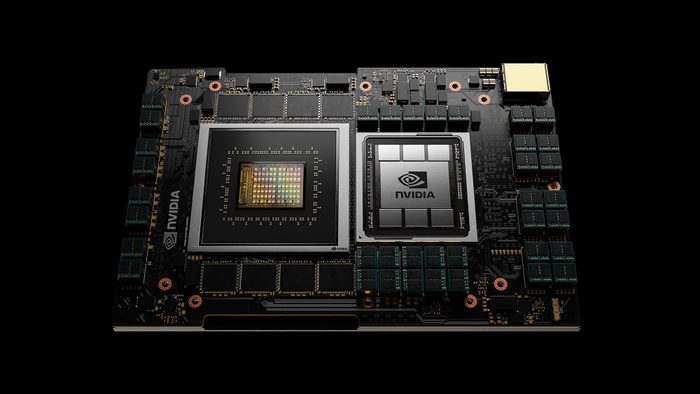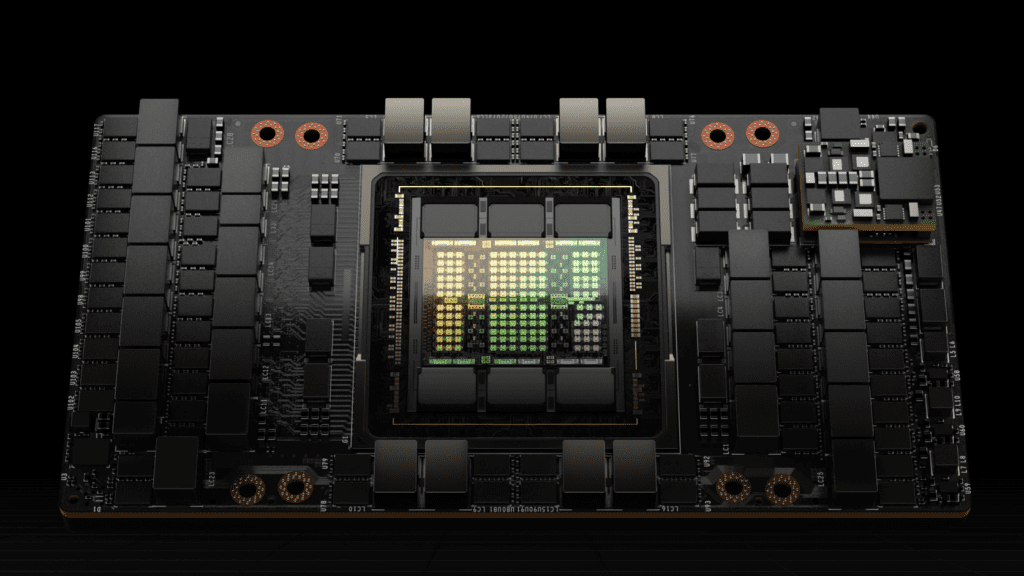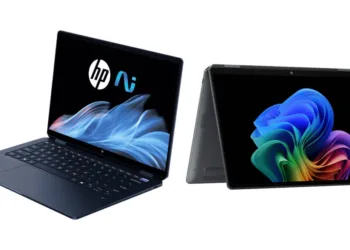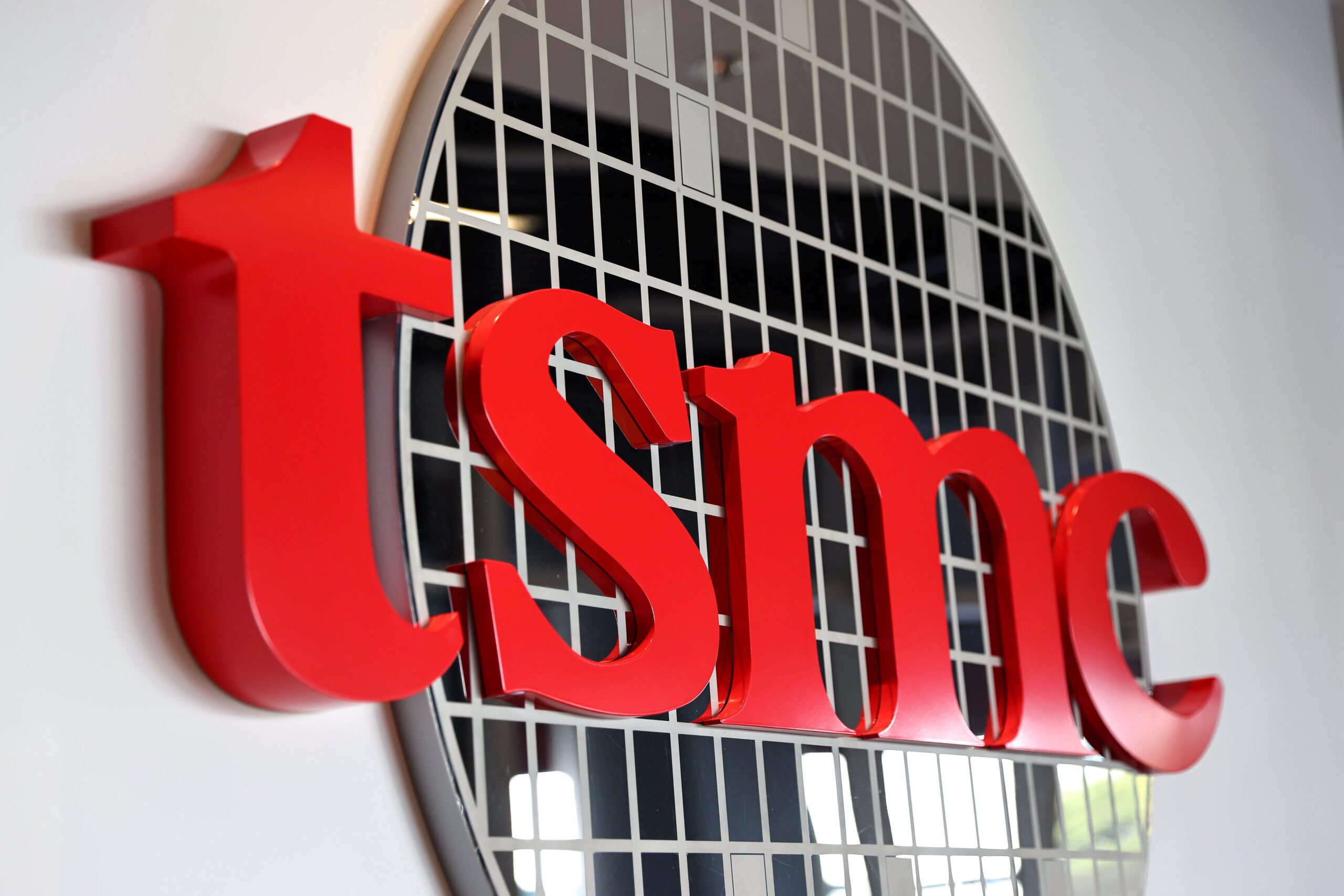Although they haven’t yet broken any absolute performance records, the first supercomputers based on Nvidia’s H100 compute GPUs have already proven their power in terms of performance-per-watt. This week, the Henri(opens in new tab) supercomputer from the Flatiron Institute made its debut on the Top500 and Green500 lists. It is powered by an Intel Xeon Platinum 8362 (Ice Lake) processor and is accelerated by Nvidia’s H100 computing GPUs. Additionally, it eliminated the AMD-powered Frontier Test and Development System from the top of the Green500 list, which ran AMD’s EPYC and Instinct MI250X technology.

The Henri supercomputer was created by Lenovo, and it is now ranked as the No. 405 most powerful system in the Top 500 list. However, its Rmax performance of 2.04 FP64 PFLOPS is not impressive. The machine has a record-breaking energy efficiency of 65.091 GFLOPS/Watt while using only 31 kW of power, which is astounding. The Lumi system achieves 58.021 PFLOPS/W, whereas the Frontier TDS machine produces 62.684 PFLOPS/W, and the Frontier, the world’s fastest supercomputer, achieves 52.227 PFLOPS/W.
By today’s standards, the Henri machine is a pretty straightforward supercomputer. It makes use of 80 Nvidia H100 80GB PCIe cards based on the Hopper architecture, as well as ThinkSystem SR670 V2 servers from Lenovo that are air-cooled and have 32-core Xeon Platinum 8362 processors from Intel. Of course, adopting air cooling for a tiny system may have some other effects on the results of its performance per watt. However, the most recent computational GPUs from Nvidia have remarkable performance overall.
It is reasonable to expect H100 to continue Nvidia’s winning streak here since Nvidia-based supercomputers (often made up of conventional servers) have been performance-per-watt champions in the Green500 list for some time.

In terms of performance-per-watt numbers, AMD EPYC and Instinct MI250X-based machines are not outliers, especially when you take into account the size of the AMD-powered Frontier, Lumi, AdAstra, Setonix, and Dardel workstations. In addition, three of the top 10 supercomputers on the Green500 list are powered by computing GPUs from Nvidia, while one employs nodes based on Intel’s Xeon Platinum 8260M.
Also read:








